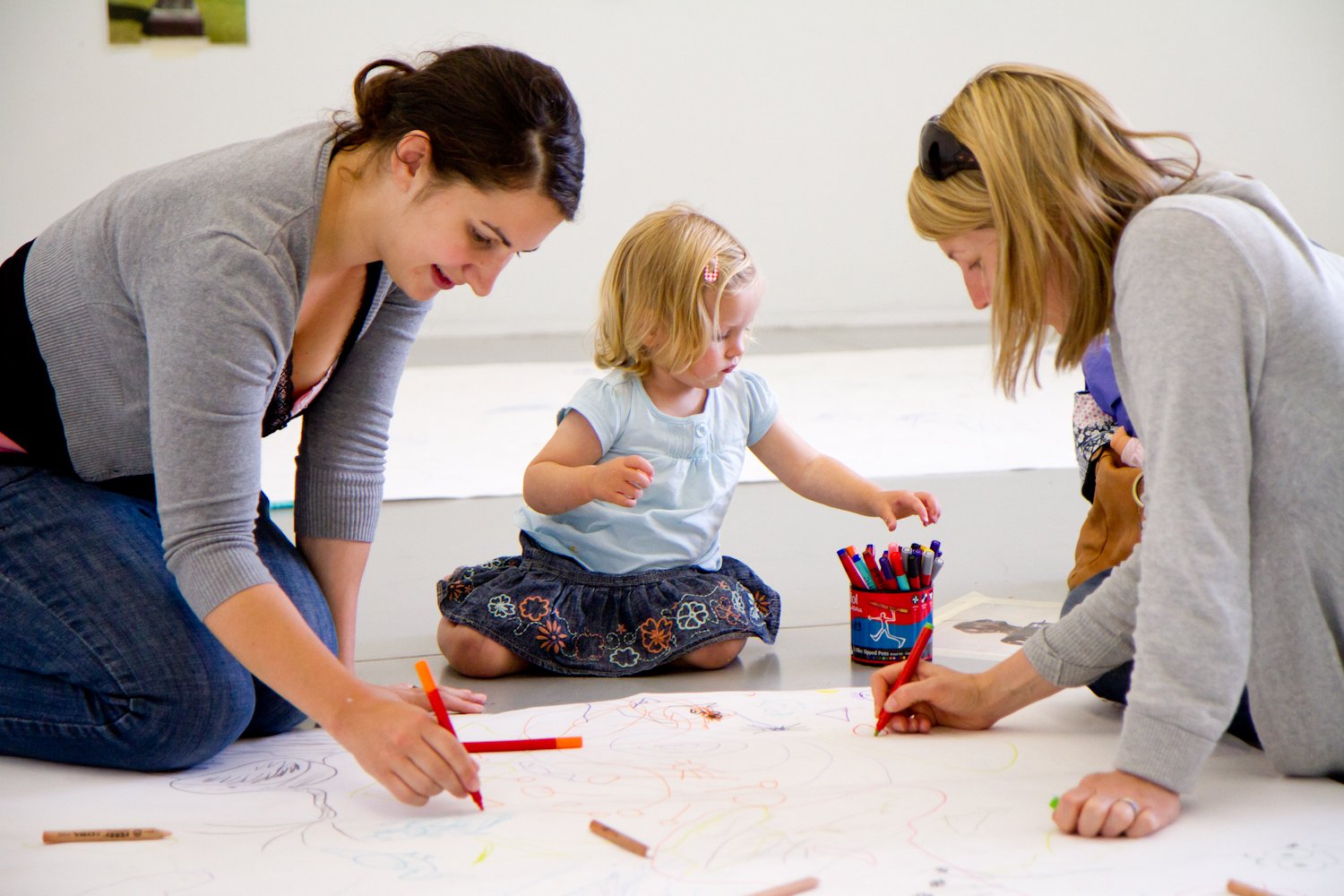
A model partnership
Academics and one of the country’s major art galleries have joined forces in a model of collaboration which, say Sue Hayton and Natalie Walton, challenges each other’s practice and thinking.
In a time of financial decline for arts funding and threats to arts education, it is becoming increasingly important to find like-minded partnerships in which to add value to our work. So, in January the University of Leeds and The Hepworth Wakefield (THW) launched Leeds Creative Labs, The Hepworth Wakefield Edition.
The partnership was initially formed through informal activities between THW’s Learning Team and the university’s School of Fine Art, History of Art and Cultural Studies’ widening participation programme. The two teams came together to support young people across Wakefield to help raise their aspirations through engagement with art. Initial activities brought arts students into the gallery to work with young people to develop research skills and for the students to act as role models. The partnership has now developed across different faculties and works to support mutual benefit to both institutions, always keeping students central to the work. Exploring how the arts can be relevant to contemporary life, Creative Labs helps us think about arts practice and industry, bringing the gallery closer to non-traditional arts faculties, such as engineering and medicine, and to challenge each other’s practice and thinking.
The Labs offer students and researchers the potential to think beyond the gallery walls and explore the visual art world and its audiences in unconventional ways
Leeds Creative Labs is an innovative programme, established in 2012 by the Creative and Cultural Industries Exchange at the university, which pairs creative professionals with researchers from the university in co-productive relationships. The Hepworth Wakefield edition of the Labs will build multi-disciplinary teams comprising creative technologists, arts and engineering, as well as business postgraduate students and researchers from the university.
THW is interested in exploring how gallery education practice can influence new research practices. In particular, when thinking about public outcomes and the research impact agenda, how we can bring researchers into the practice of understanding people and working with them as part of their research as opposed to gathering data about people and activity. As a visual arts organisation we are looking to support the arts professionals of the future and to ensure that those wanting to consider the arts as a profession have a broad understanding of its potential.
For the university, working with THW is giving us the opportunity to test a model for research impact and innovation in a new environment, as well as providing access to an international cultural organisation for our students and academic staff. The Labs offer students and researchers the potential to think beyond the gallery walls and explore the visual art world and its audiences in unconventional ways. If we can instil this in the thinking of students and researchers they will be more prepared for the unknowns and diversities of the future of the art gallery.
Our work together will be a continuous loop of each organisation influencing the other and testing ideas together, while retaining our own identities. For THW that is about making sure we keep returning to art, artists and the people we work with, our audiences and young people. For the university it’s keeping world-class research, student education and civic engagement at the heart of what we do.
What's so special about Creative Labs as a model for the gallery and the university? The Labs represent a new way of working for the gallery, an opportunity to open up and consider how to release assets to a wider community of technology providers, academics and students. It’s a process in which we don’t have control of the outcomes – we can curate the process but the outcomes and ideas are completely unknown. This is a familiar position for a gallery in terms of artists but not usual with our partners or with academic researchers.
The Labs give the gallery capacity to grow. We have limited budgets and staffing capacity to explore new ways of working with technology providers, so the Labs give us a great team to work with to expand our reach and capacity, offering financial support and future funding opportunities. For both organisations it is about bringing people together in conversation to consider how arts and gallery practice can inform and be informed by current research. What’s not to love?
Natalie Walton is Head of Learning at The Hepworth Wakefield. Sue Hayton is Business Development Manager, Cultural and Creative Industries Exchange, at the University of Leeds.
www.hepworthwakefield.org
www.cciexchange.leeds.ac.uk
Join the Discussion
You must be logged in to post a comment.